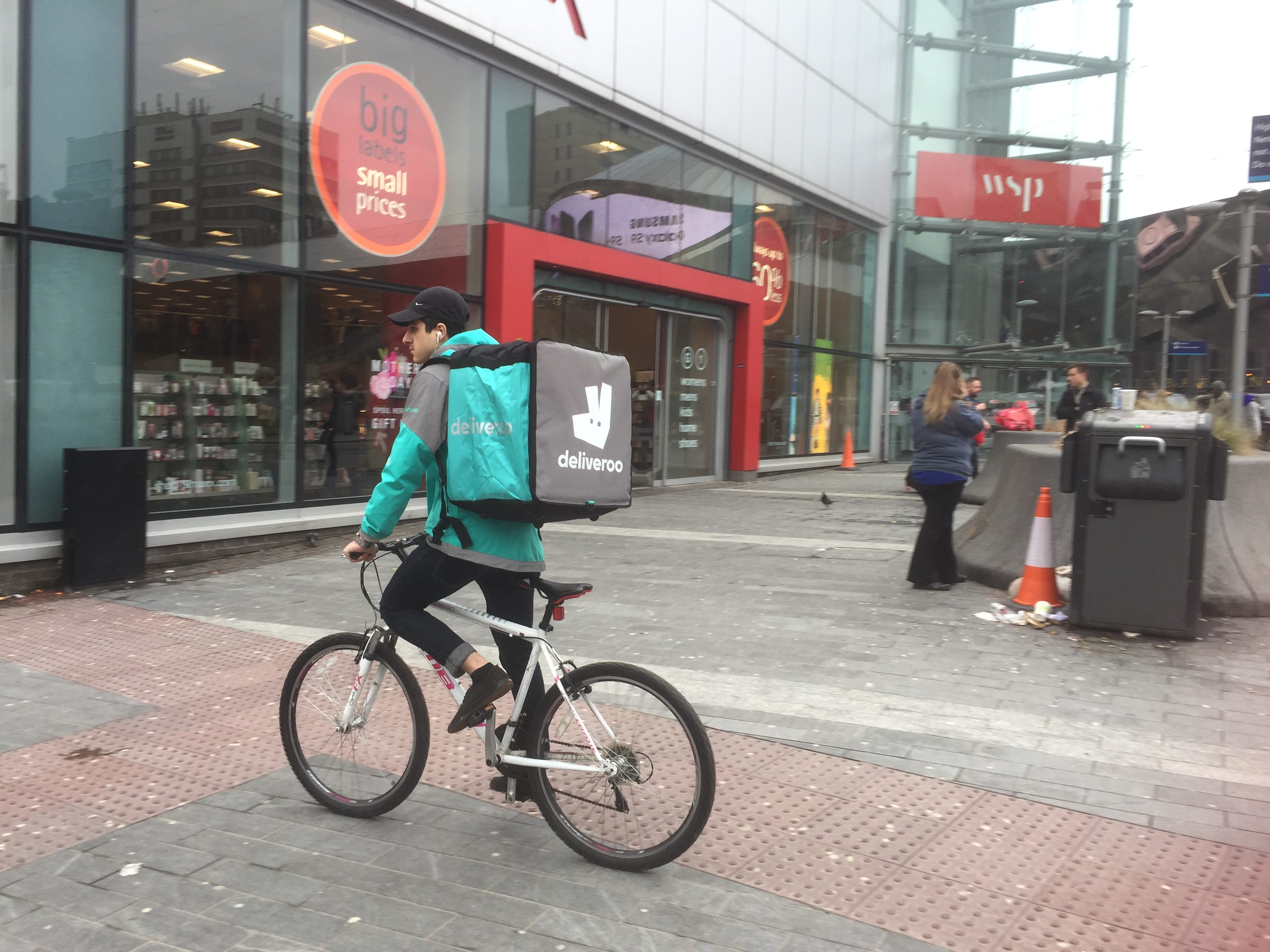
Imagine walking up a street when a commuting SUV is honking loudly as a little girl going to school by bike crosses the unsidewalked road. She has been told by her mom to cross the street before the hill so that she could line up with the only sidewalk that is on the connecting arterial road. The honking SUV driver comes up, rolls down the window, and says that the little cyclist had crossed the road in front of her as if that was a bad thing. And you get the narrative~if there had not been a witness no one could have said what had truly happened, that a driver using the street as a commuting street went around a corner at speed and could not see the child crossing from the height of her SUV. You tell the driver to slow her vehicle down as she continued her tirade about children walking and biking to school.
This is why children don’t bike, and why moms are hesitant to allow their children to go to school by foot or by cycle. We have designed streets, we evaluate streets, and we fix streets so that the most vulnerable of our society are the most disadvantaged by them.
Miriam Moore of New Zealand’s Women in Urbanism nails it when she says ” Road and street networks are so often analysed and assessed regarding their automobile connectivity, that we forget about their function in supporting the street life that surrounds them… Unfortunately, those who suffer from these networks maintaining their predominance, are society’s most vulnerable.”
In the City of Auckland New Zealand and in most other places more women walk than men. In Auckland a person dies every week and 14 are injured on the streets. But somehow these deaths and injuries are perceived as the cost of doing vehicular business, and “a mobility-based backlash only occurs when someone needs dental work after a Lime scooter incident. ” Children are taught how to adapt for vehicles using the street by waiting extra time in cities at intersections for “cars running red lights”, and crossing times for children are “far too short for little or fragile legs“.
Women in Urbanism in New Zealand have banded together to insist on slower speeds for safer streets in Auckland. They have a survey and are proposing the following:
Lowering of traffic speeds in the city centre to 30km/h across the city centre.
A network of “car free” streets in the city centre.
A lower speed limit of 20km/h around schools
A speed limit of 30km/h in our town centres.
This is a smart approach~no one knows the challenges of using streets more than the most vulnerable~ moms with strollers, people relying on mobility aids, children and seniors. By comprehensively demanding change to these four items Women in Urbanism have highlighted the issue and offered a way to remediate it.
“The inequity in the way Auckland builds its streets is blaringly obvious to those who choose not to drive. Car dependence is a choice, however for some reason, in 2018, Auckland’s road network still chooses to accept it as the default position. Our city’s intensification and social well-being demands that this stance is changed… Women in Urbanism would like to fix their current approach and make sure that staying alive is a priority.”
“As our urbanista hero Jane Jacob’s once said, “cities have the capability of providing something for everybody, only because and when they are created by everybody”.
Kudos to this group and their initiative to save lives and injuries by making Auckland more walkable and livable. You can take a look at their survey here.

